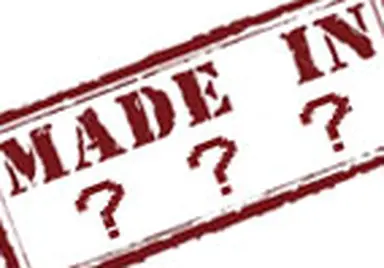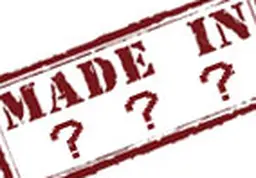
A general trend is to understand the mentions on a label in a comprehensive manner, and to give them a meaning that is driven by common sense. This may be misleading, or may lead to not “feeling” the “subtleties” allowed by the regulation. This is the case with the “Made in." Explanations.
As for everybody coming with a brain in an operational state, you translate the "Made in France” mention by …”Made in France” …and your understanding is that the product so labelled has been manufactured in France, even that it has been completely manufactured in France.
Not that easy! Customs and regulation of the cosmetic world may put at risk a so logical interpretation.
Made in …several countries
Indeed, it is usual that a product contains ingredients from different countries: Argan oil from Morocco, shea butter from Burkina Faso, rose from Turkey, a solvent from Russia, glycerin produced in China or Estonia …
Further, a frequent occurrence is that the product has been designed in the Research and development Department of a French manufacturer, that the blend of ingredients is made in Taiwan, that bottling is made in Italy, in Belgium or in a Paris suburb, that the cardboard is printed in Romania or elsewhere …
Then, how shall the “Made in” be determined?
The Community Customs Code gives the answer, with the concept of “substantial transformation," that shall be understood as the most significant step in the manufacturing process of the finished product.
A cosmetic, therefore, is “Made in” …the …












